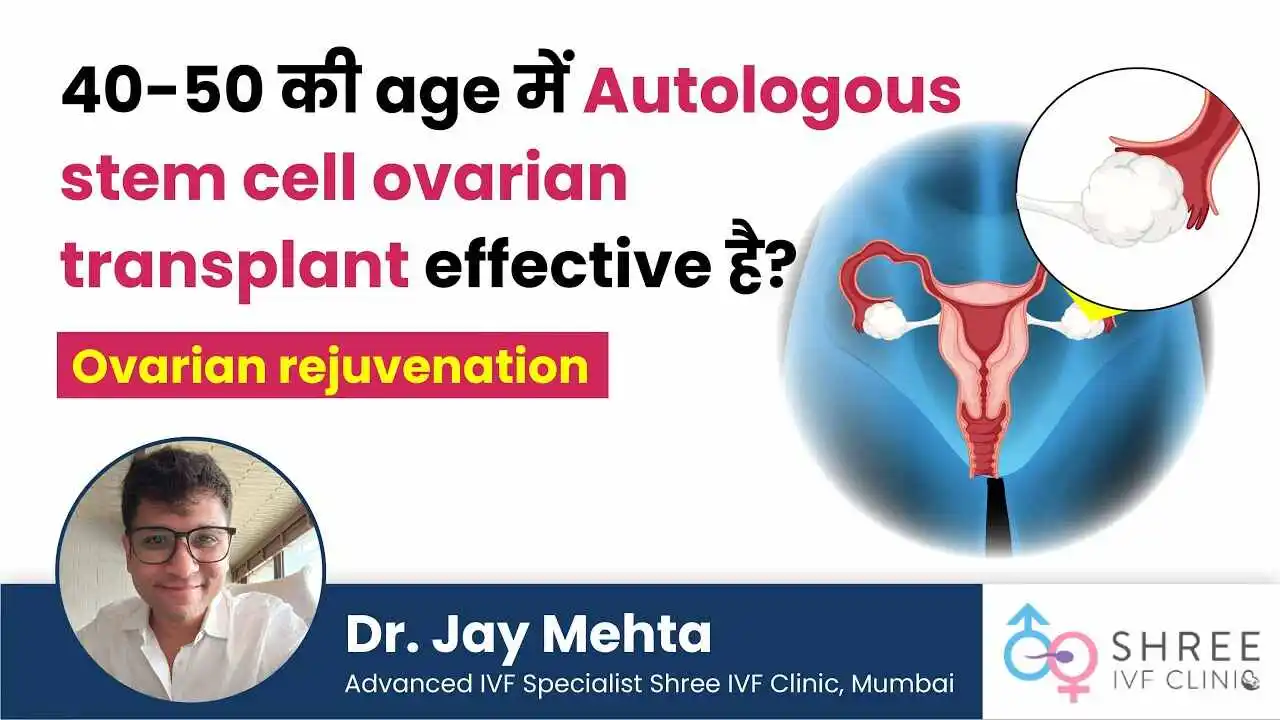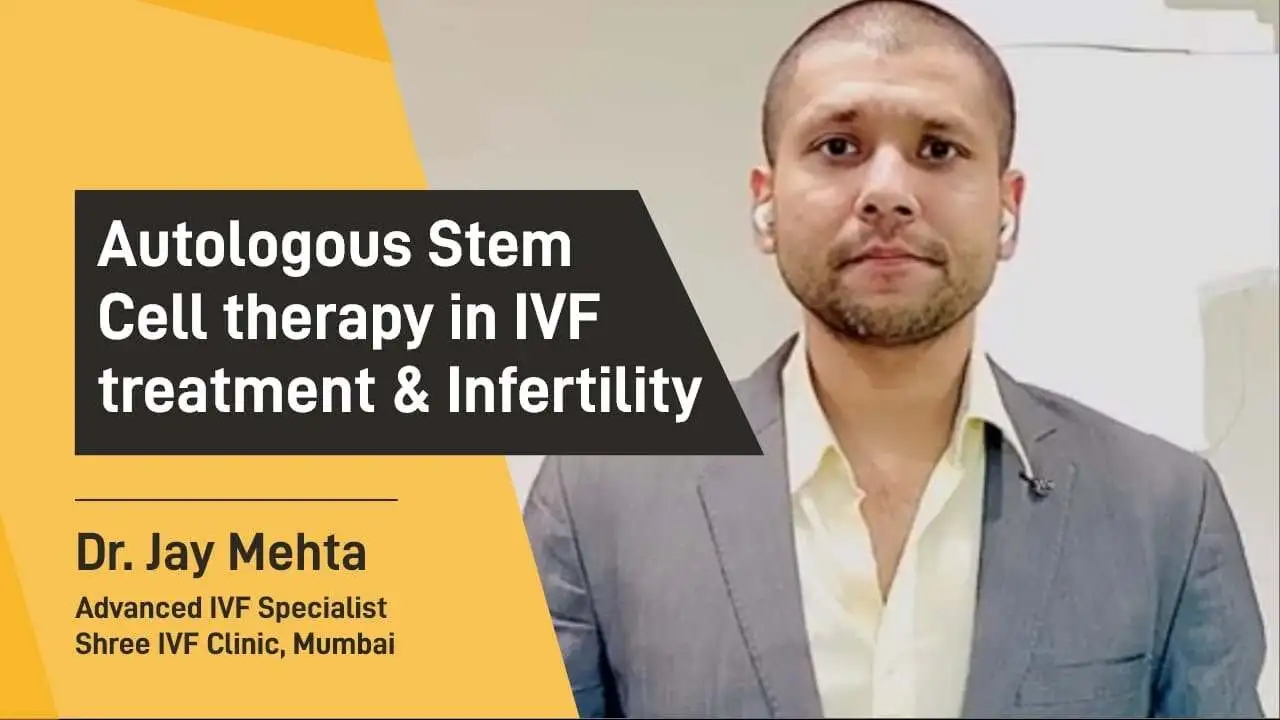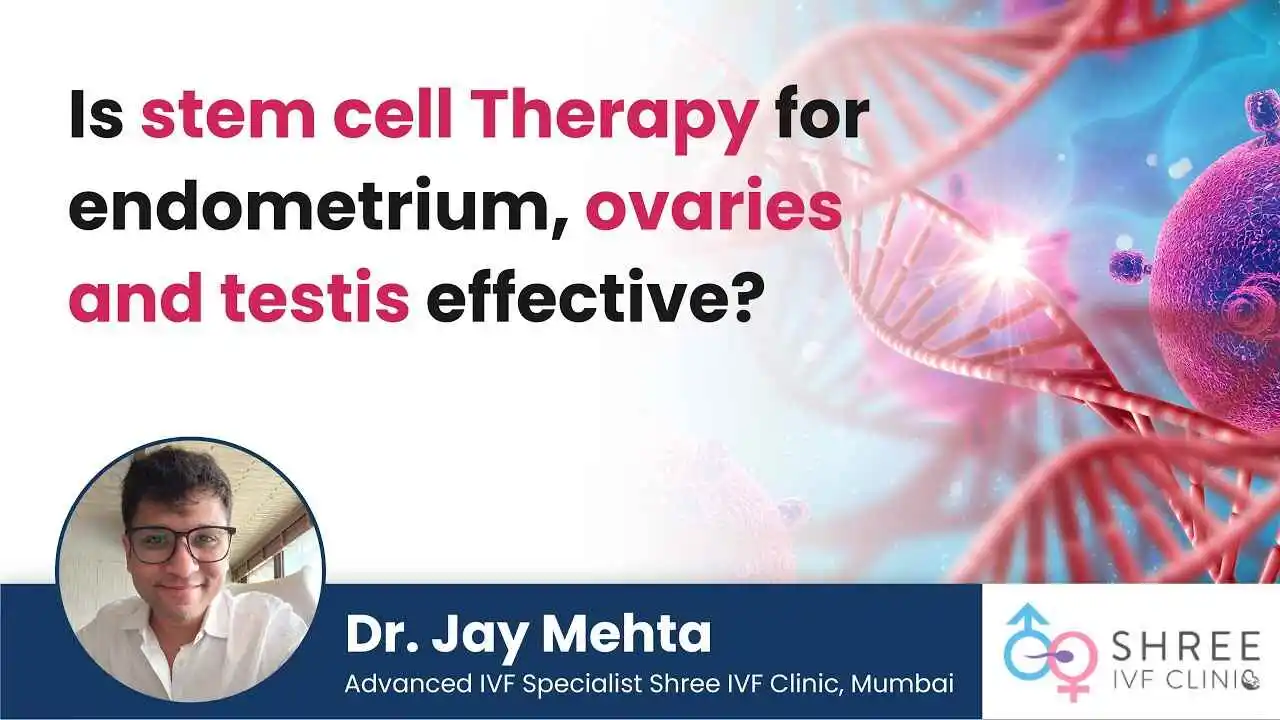Embryo Transfer – IVF Procedure Step By Step
UPDATED ON 12 DEC. 2024
AUTHOR
Dr Jay Mehta
Scientific Director & IVF Specialist with 10+ years of experience
TREATMENT
GET IN TOUCH ON
Why Is Embryo Transfer Important and How Does It Work?
Many people dealing with fertility challenges often wonder about embryo transfer and its role in assisted reproduction. Questions about the process, its safety, and what to expect are common. We decided to create a detailed blog to address these concerns and provide a clear understanding of how embryo transfer works. Let’s dive right into it.
What Is Embryo Transfer?
Embryo transfer is a crucial step in in-vitro fertilization (IVF) that involves placing fertilized embryos into the uterus. This is done carefully under controlled conditions to increase the chances of successful implantation and pregnancy.
Typically, embryos are transferred at the cleavage stage, which is when they have started dividing into multiple cells, or at the blastocyst stage when they are more developed.
In this process, timing, preparation, and care are everything. It’s not just about placing the embryo into the uterus but ensuring the uterine environment is ready to support it. Your doctor plays a vital role in monitoring this and preparing your body for the procedure.
How Does the Procedure Begin?
The embryo transfer procedure begins with the careful preparation of the uterus. This step is particularly important in cases of frozen embryo transfer. In such cases, doctors may prescribe medications to regulate your hormonal levels and optimize your uterine lining. These medications are usually taken over several days or weeks, depending on your specific requirements.
For accurate monitoring, doctors often use internal ultrasounds to check the thickness of the uterine lining. Ideally, the lining should measure between 7 to 9 millimeters for a successful transfer. Once this is achieved, your doctor will schedule the transfer date.
What Happens During the Embryo Transfer?
On the day of the transfer, you will be asked to arrive with a full bladder. This helps the doctor visualize your uterus more clearly during the procedure. The transfer itself is straightforward and typically pain-free. Using ultrasound guidance, the doctor inserts a thin catheter through the cervix and places the embryo into the uterus. This is done with great precision to ensure the best possible placement.
The procedure lasts only a few minutes, and you can go home shortly after. Contrary to some myths, you do not need prolonged bed rest after an embryo transfer. In fact, we recommend resuming your regular activities, as staying stress-free and relaxed contributes more to a positive outcome than bed rest.
What Medications and Supplements Are Involved?
It’s important to follow your doctor’s instructions carefully regarding these medications. Missing doses or not taking them on time can affect the hormonal balance required for the procedure’s success.
Does the Procedure Hurt?
One common concern is whetherembryo transfer is painful. The answer is no; the procedure is usually painless. The process involves minimal discomfort, similar to a routine gynecological exam. However, some women may feel slight pressure from the catheter or the ultrasound probe, but this is temporary.
Our team ensures you are comfortable throughout the procedure. If you feel anxious, let your doctor know so they can guide you and make the process as smooth as possible.
How Do You Prepare for the Procedure?
There are a few simple steps you can take to prepare for embryo transfer. Start by maintaining a healthy diet and lifestyle in the days leading up to the procedure. Ensure you stay hydrated and eat nutritious meals that support overall well-being.
On the day of the procedure, wear comfortable clothing and plan to have someone accompany you to the clinic if possible. While you can resume normal activities afterward, having someone with you can make the experience more reassuring.

4,790+
379K+
What Should You Do After the Embryo Transfer?
After the transfer, you can return home and resume your normal routine. There is no need to take extended bed rest. Research shows that moving around and staying active does not harm the chances of implantation. In fact, lying down for long periods can sometimes lead to unnecessary stress.
Eat your regular meals, but avoid extreme dietary changes. You can eat warm or cold food as per your preference. There’s no restriction on spices or flavors unless your doctor advises otherwise. Most importantly, stay relaxed and focus on positive thoughts. Stress can impact your overall health, so take steps to keep your mind at ease.
What Are the Success Rates?
Success rates for embryo transfer depend on several factors, including the quality of the embryo, the age of the woman, and the condition of the uterine lining. On average, the success rate hovers around 50 to 60 percent in favorable conditions. However, this can vary from case to case.
It’s essential to trust the process and stay hopeful. Advances in fertility science have made it possible for many couples to achieve successful pregnancies, even in challenging situations.
Common Myths About Embryo Transfer
Another misconception is that certain types of food or beverages can affect the outcome. There’s no need to restrict your diet excessively. Just eat balanced meals and avoid anything your doctor has specifically asked you to steer clear of.
What Should You Keep in Mind?
Focus on staying calm and following the prescribed medications. Avoid overthinking and trust your doctor’s expertise. Remember, every case is unique, and your doctor tailors the procedure to your specific needs
Final Thoughts
Embryo transfer can feel overwhelming, but with the right guidance, it’s a smooth and manageable process. If you have any questions or doubts, don’t hesitate to ask our doctor, Dr. Jay Mehta, the best IVF doctor in Mumbai, or the medical team. We are here to help and provide all the support you need.
Our experts are always available to assist you. If you have further concerns or want to learn more about IVF and embryo transfer, reach out to us. We’ll ensure you receive the best care and information to make informed decisions.
AUTHOR
Dr Jay Mehta
Scientific Director & IVF Specialist with 10+ years of experience
TREATMENT
CALL US 24/7 FOR ANY HELP
GET IN TOUCH ON
Share Article on
Related Readings
Ovarian Stem Cell Transplant (Age 40-50): Does It Work?
Stem cell ovarian transplant may help restore fertility and hormone levels in women 40-50, but its effectiveness remains under clinical research
Autologous Stem Cell therapy in IVF & Infertility Treatment
Autologous Stem Cell Therapy offers hope for women with low AMH and thin endometrium, improving IVF outcomes for those facing early fertility issues
Stem Cell Therapy for Endometrium, Ovaries & Testes: Is It Effective?
Stem cell therapy is transforming reproductive health, offering new hope for endometrium, ovary, and testis-related fertility issues





